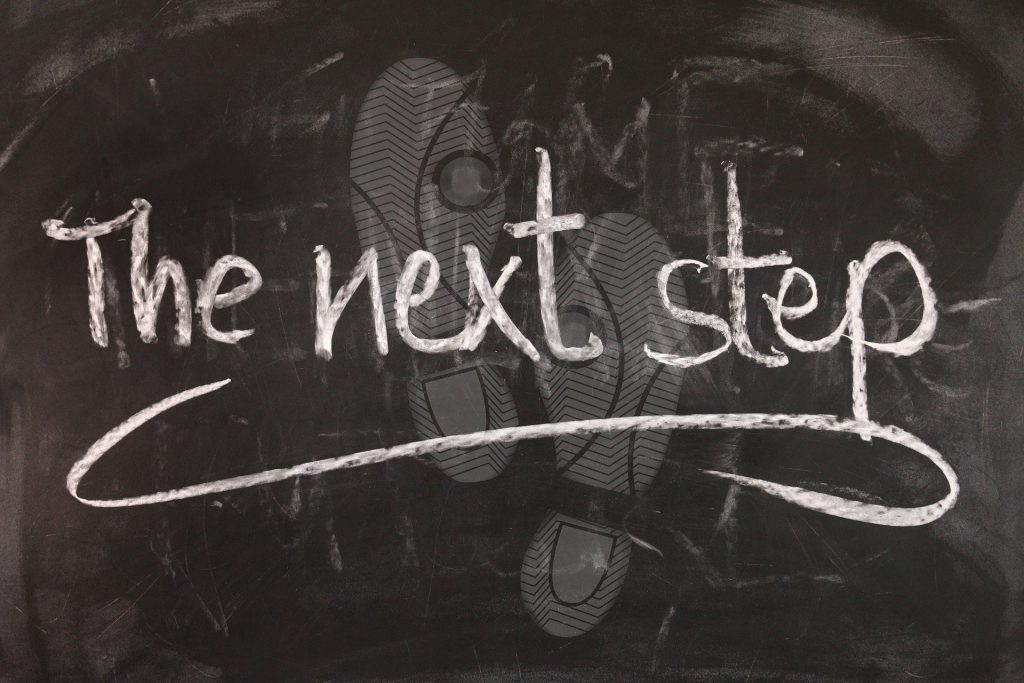 One of the most frustrating parts of this pandemic is saying something quite brilliant during a Zoom meeting only to discover that you’re still on mute. “Click the button at the bottom left,” everyone on the call will willingly tell you.
One of the most frustrating parts of this pandemic is saying something quite brilliant during a Zoom meeting only to discover that you’re still on mute. “Click the button at the bottom left,” everyone on the call will willingly tell you.
So now you have a choice to either: 1) click the button at the bottom left, or 2) question the judgement of everyone else. Will you ask, “How do I know if that approach is right for me? What if I’m just not a ‘click the icon at the bottom left’ kind of person?” Or will you heed the advice: “Wait, this button?”
Content marketing can be like that too – in that prescribed theories don’t always feel as if they’re working. Plus, a lot of people are quick to tell you how to get your content strategies right, although it can still feel as if you aren’t being seen or heard.
Here are some suggestions for improving content creation and connections:
Provide inspiration. Most people could use a little dose of hope. Share it if you’ve got it.
Solve a problem. Think back to your own experience. If something was a problem for you, it’s probably a problem for someone else.
Be concise. Attention spans are short. A lot of your readers want to scan quickly.
Analyze results. If you’re not getting the results you want, is it the audience, the message, the tone, the timing, the consistency, the takeaway, the platform, the brand? At different times, I’ve dealt with all of these issues with content I write. In general, though, look for where you see energy and where you see stagnation, then go toward the energy.
Learn from the leaders. What organization or person similar to your brand is achieving content marketing success? I’m tempted to say follow that leader, but maybe I’m just not a “click the icon at bottom left” kind of person. So I’ll just say, learn from that leader, and then …
Play your own game. Content marketing is not one-size-fits-all. You can actually create your own goals, rules and measures for content success – and play to win based on your own values and strategies.
Minnie Lamberth is a full-time content writer focused on marketing, leadership and communications projects, as well as an inspirational author and creative encourager.
Photo by Andrew Neel on Unsplash



